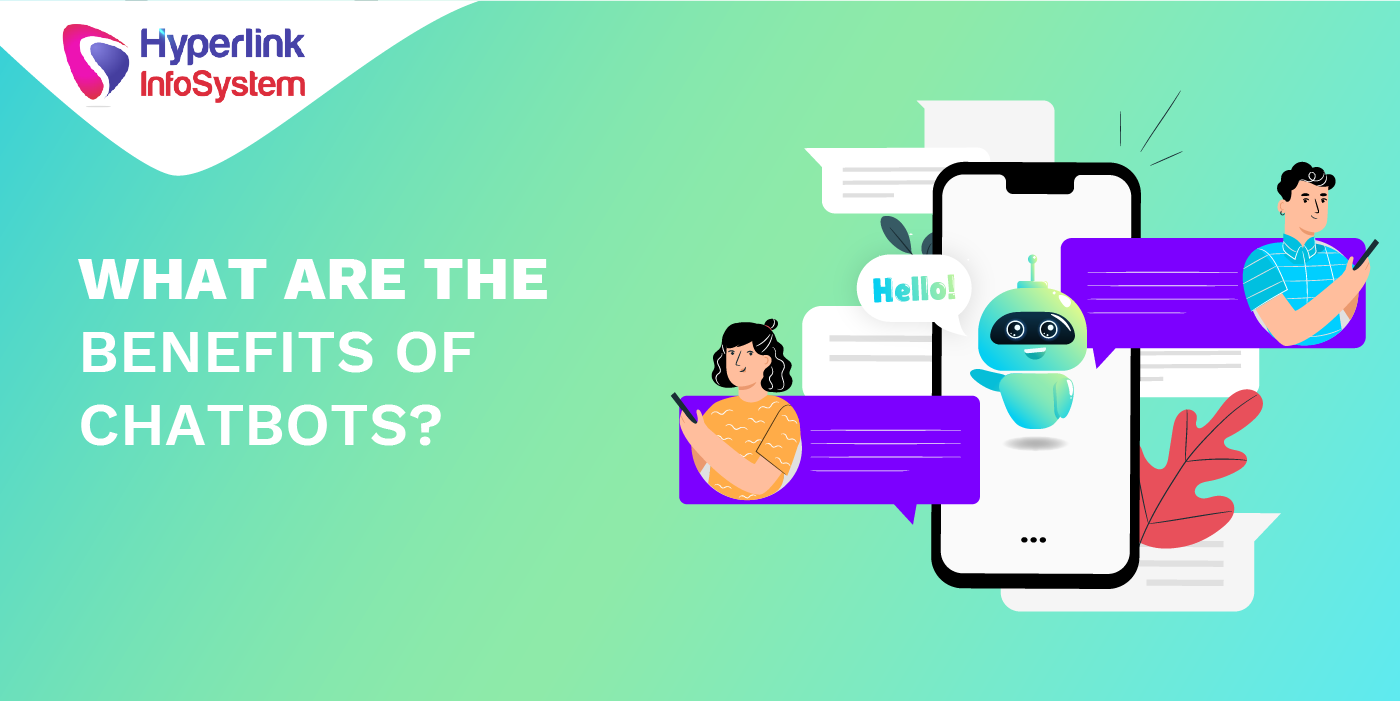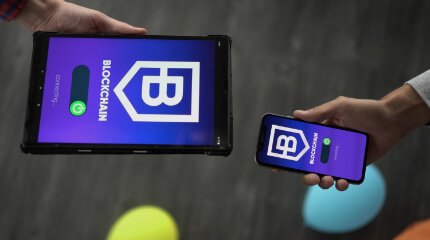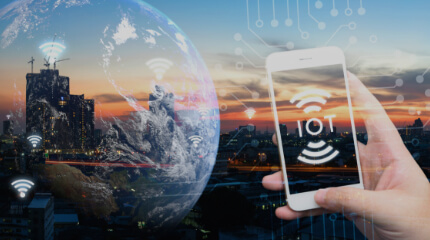Chatbot is one of the top trends of 2019. The word is a combination of "chat" for instant messages and "bot," a shorthand for robots. It stands for an artificial intelligence program that can talk to people. Chatbots are the future of customer relationships. They welcome, support, and advise the system user regardless of the time or country borders.
Chatbots complete the classic communication channels such as call centers, e-mail, SMS, or live chat. They are available 24 hours a day, seven days a week, and automate routine tasks. Using preset search algorithms, you can now order a pizza via chatbot, track a package, reserve a plane ticket, make an appointment, or receive a catalog.
In job interviews, chatbots guide the candidate who best fits their profile. In e-commerce, they take the place of a "personal shopper" and perform the same tasks as a salesperson in a traditional shop.
The future of customer relations
Pizza Hut, Alliance, Google, Adecco, Facebook, KLM already have intelligent chatbots. And that is just the beginning. The renowned research institute Gartner predicts in its 2018 forecasts that by 2021, more than half of all companies will invest more in chatbots than in the mobile app development.
Chatbots versus mobile apps
If only one app had to stay on your phone, it would most likely be an
instant messaging apps like Messenger, WhatsApp, or Telegram that already has chatbots. It is agreed that these modules become the universal platform that you never leave. They integrate a variety of services without having to switch from one app to another. For example, WeChat in China already offers payments via the news app.
This paradigm shift explains the recent multiplication of chat-related ads from Facebook (owners of Messenger and WhatsApp), Microsoft (Skype), or Google. Slack is doing the same in the world of business.
Assisting people to help themselves
Chatbot can improve the processing of requests. Based on a customer question, the chatbot sorts the nature of the issue and directs the end-user to the most competent service.
In simple cases, it can also provide a first service itself by sending a customer service datasheet or a user manual, thus saving the customer a long search on the Internet. This assists in self-help and relieves the call center, thereby solving problems for the users and the call center.
A chatbot also increases the quality of customer service
Through the chatbots, the customer service is available day and night. And once a chatbot reaches its limits and connects the customer to a human agent, the customer does not have to repeat his problem again. The chatbot has saved the course of the communication.
After an assignment has been initiated, the chatbot can help fill in the form. The customer himself fills out the contact form and thereby avoids errors by double entries. It can use the function of geolocation so that the customer does not have to enter his address.
A virtual assistant for the customer service
A chatbot can also have an internal destination. Some
app development companies automate answers to the most frequently asked questions in the areas of help desk, information technology, facility management, and human resources.
In the same way, customer service can be supported by a virtual assistant. It connects with the planning software, reminds the customer service agent of his daily appointments, and provides the form for the next assignment.
Control by keyboard or voice
The chatbots respond not only to written but also to oral questions. Like the publicly known programs such as Siri from Apple, Cortana from Microsoft, Alexa from Amazon, or the Google Assistant. They answer our everyday questions from the computer, smartphone, or a connected loudspeaker (Amazon Echo, and Apple's HomePod).
Delivery of spare parts by Drone
The uses mentioned here are not science fiction. They are technically feasible. We are just beginning to use artificial intelligence. Even today, if the chatbots are able to respond to simple queries whose context is determined by a lexical field, they have not yet passed the Turing test. The challenge is still to have a free and open conversation with a human being, without them realizing that they are "talking" to a machine.
From maintenance support to decision support
Artificial intelligence offers a variety of services to customer service. It already provides assistance with maintenance processes or with the rescheduling of operations, taking into account the availability of customer service agents and the traffic situation as well as the automatic ordering of spare parts. In the near future, complex algorithms will also help in decision-making.
Of course, all these developments only make sense if they improve the quality of customer service. This is not about dehumanizing the customer relationship, but about helping the customers to improve.

























